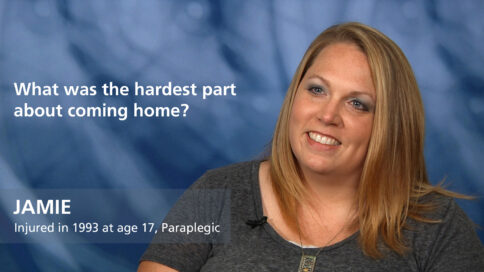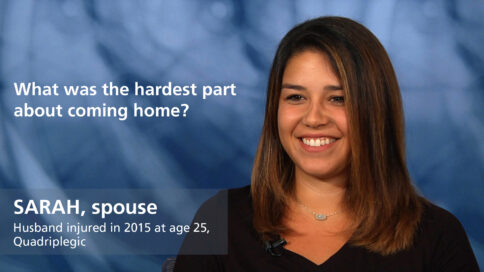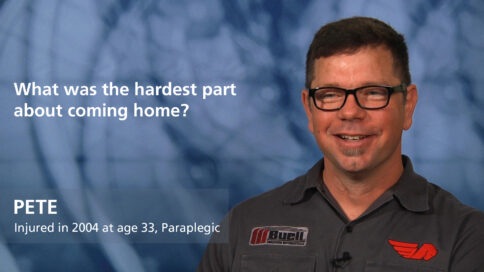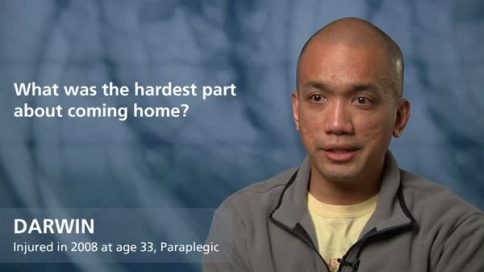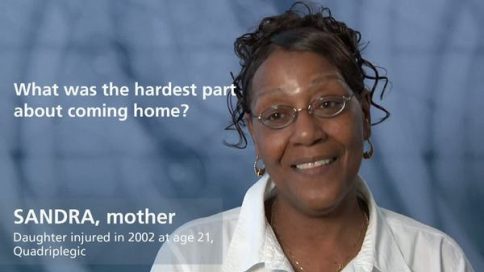What do family members need to know about how to assist with a wheelchair transfer after a spinal cord injury? - Isa McClure, MAPT
|
|
What do family members need to know about how to assist with a wheelchair transfer after a spinal cord injury? |
|
Isa McClure, MAPTPhysical Therapist, Kessler Institute for Rehabilitation, New Jersey |
||
| Read Bio | More Videos by Isa McClure | |
|
Share |
||
Transcript
Families just need to keep a real open dialogue with the therapist. A lot of times we want the families to come in immediately, so that we can work on instruction. Sometimes a person isn’t going to be able to transfer independently by themselves; they might need to use a mechanical lifter. So we want to teach families how to use those as effectively as possible. If a patient can’t transfer by themselves, what we want to make sure is that they can instruct any single person they come into contact with on the most effective way and safe way to do it, so that everybody stays safe. With the families, sometimes we might want to have a family member wait until the person gets kind of geared up. It’s a very individualized basis, but we need the family support, just like the patient needs the family support. And once you have that great team together then really anything is possible.
Show Less|
|
||
add
What do family members need to know about how to assist with a wheelchair transfer after a spinal cord injury? |
||
Isa McClure, MAPTPhysical Therapist, Kessler Institute for Rehabilitation, New Jersey |
More Videos by Isa McClure | |
| Transcriptadd | share | |
Families just need to keep a real open dialogue with the therapist. A lot of times we want the families to come in immediately, so that we can work on instruction. Sometimes a person isn’t going to be able to transfer independently by themselves; they might need to use a mechanical lifter. So we want to teach families how to use those as effectively as possible. If a patient can’t transfer by themselves, what we want to make sure is that they can instruct any single person they come into contact with on the most effective way and safe way to do it, so that everybody stays safe. With the families, sometimes we might want to have a family member wait until the person gets kind of geared up. It’s a very individualized basis, but we need the family support, just like the patient needs the family support. And once you have that great team together then really anything is possible.









